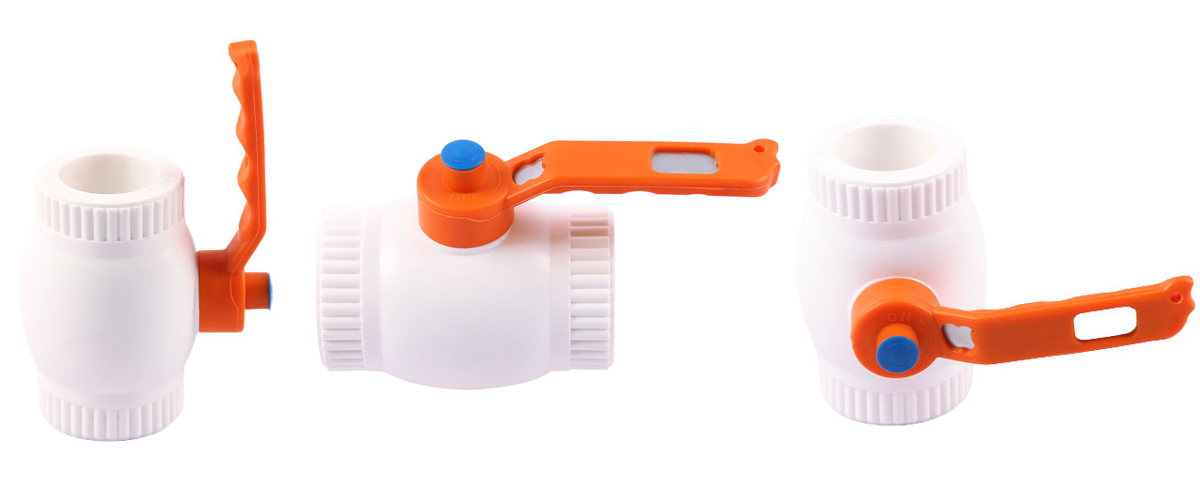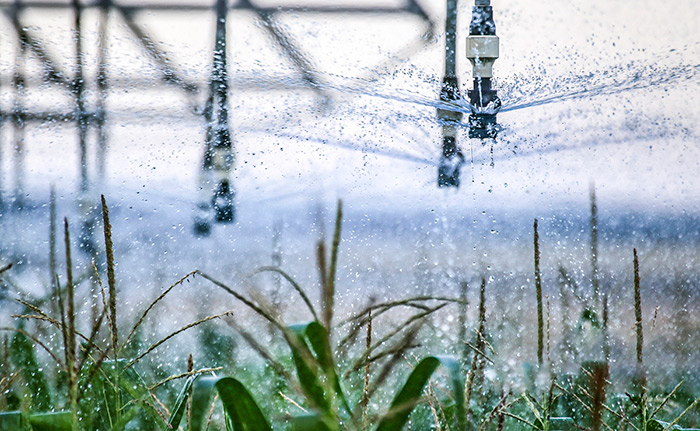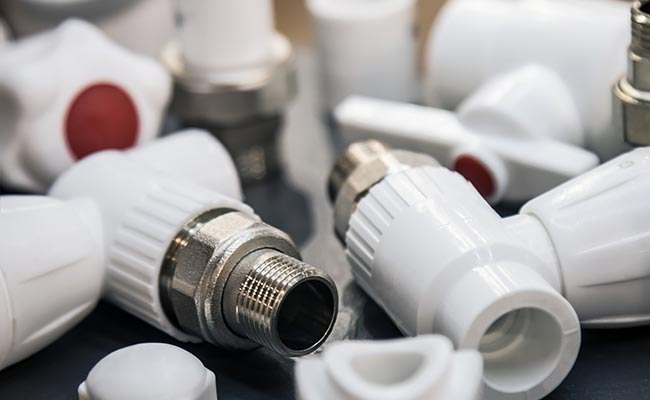
Selecting the right PPR plastic ball valve plays a vital role in ensuring smooth and reliable fluid control. A well-chosen valve not only enhances performance but also reduces maintenance hassles. Whether for residential or industrial use, this versatile component offers durability and efficiency, making it a smart investment for long-term success.
Key Takeaways
- Pick strong PPR plastic ball valves for lasting use. Check for valves made with tough polypropylene material for better performance.
- Make sure the size, pressure, and temperature fit your system. This helps stop leaks and keeps everything working well.
- Buy PPR plastic ball valves to save money over time. They need little care and use less energy, cutting repair and energy costs.
Understanding PPR Plastic Ball Valves
What Are PPR Plastic Ball Valves?
A PPR plastic ball valve is a type of valve made from polypropylene random copolymer (type 3). It is designed to control the flow of fluids in piping systems. The valve uses a rotating ball with a hole through its center to either allow or block fluid passage. This simple yet effective mechanism makes it a popular choice for residential, commercial, and industrial applications.
These valves are available in various sizes, typically ranging from 20mm to 110mm. They are built to handle pressures of up to 25 bars and temperatures as high as 95℃. Their compliance with standards like German DIN8077/8078 and ISO 15874 ensures reliability and safety. Here’s a quick overview of their technical specifications:
| Specification | Details |
|---|---|
| Material Composition | Polypropylene random copolymer (type 3) |
| Size Range | 20mm to 110mm |
| Pressure Rating | Up to 25 bars |
| Temperature Rating | Up to 95℃ |
| Compliance Standards | German DIN8077/8078 & ISO 15874 |
| Service Life | Minimum 50 years |
| Applications | Hot/cold water, heating systems, chemicals, etc. |
Benefits of PPR Plastic Ball Valves in Fluid Control
PPR plastic ball valves offer several advantages that make them ideal for fluid control. First, they are lightweight, which simplifies installation and reduces labor costs. Second, their corrosion resistance ensures long-term durability, even in harsh environments. Unlike metal valves, they don’t scale, maintaining consistent performance over time.
Another key benefit is their excellent thermal insulation. With a thermal conductivity of just 0.21w/mk, they are highly energy-efficient. They also meet hygiene standards, making them safe for drinking water systems. Whether used in hot or cold water pipelines, these valves deliver reliable performance for decades.
Key Factors for Selecting a PPR Plastic Ball Valve
Durability and Material Quality
When choosing a PPR plastic ball valve, durability should be at the top of your checklist. A valve’s lifespan depends heavily on the quality of its materials. High-grade polypropylene random copolymer (type 3) ensures the valve can withstand wear and tear over time. This material resists corrosion, making it ideal for both residential and industrial applications.
Additionally, the valve’s construction plays a big role in its durability. Look for valves with reinforced designs that can handle high pressures and temperatures without cracking or deforming. A well-made PPR plastic ball valve can last for decades, reducing the need for frequent replacements.
Tip: Always check for compliance with industry standards like DIN8077/8078 and ISO 15874. These certifications guarantee that the valve meets strict quality and safety requirements.
Size, Pressure, and Temperature Compatibility
Selecting the right size and ensuring compatibility with your system’s pressure and temperature requirements is crucial. PPR plastic ball valves come in various sizes, typically ranging from 20mm to 110mm. Choosing the correct size ensures a proper fit and prevents leaks.
Pressure ratings are another important factor. Most PPR plastic ball valves can handle pressures of up to 25 bars, making them suitable for a wide range of applications. However, always verify the pressure rating to match your system’s needs.
Temperature compatibility is equally important. These valves are designed to work in environments with temperatures as high as 95℃. This makes them perfect for hot water systems, heating applications, and even chemical pipelines.
Note: Double-check the specifications of your piping system before purchasing a valve. This ensures seamless integration and optimal performance.
Long-Term Cost Efficiency
Investing in a high-quality PPR plastic ball valve can save you money in the long run. While the initial cost might be slightly higher than other options, the benefits far outweigh the expense. These valves require minimal maintenance, which reduces repair costs over time.
Their energy efficiency is another cost-saving advantage. With excellent thermal insulation properties, PPR plastic ball valves help maintain consistent temperatures, cutting down on energy consumption. Plus, their long service life—often exceeding 50 years—means fewer replacements and lower overall costs.
By choosing a durable and efficient valve, you’re not just saving money. You’re also investing in a reliable solution that will serve your needs for decades.
Application-Specific Considerations
Fluid Type and Industry Requirements
Choosing the right valve often depends on the type of fluid it will handle and the specific needs of the industry. Different fluids, such as liquids, gases, or steam, require valves with unique specifications to ensure optimal performance. For instance, liquids demand precise flow coefficient (Cv) calculations to maintain efficiency, while gases and steam need specialized Cv values to prevent sizing issues. Selecting a valve without considering these factors can lead to inefficiencies or even system failures.
| Fluid Type | Valve Specification | Importance |
|---|---|---|
| Liquids | Specific calculations for Cv | Ensures optimal performance and efficiency |
| Gases | Unique flow coefficient calculations | Prevents issues with improper sizing |
| Steam | Requires specific Cv values | Critical for accurate valve sizing |
Industries like pharmaceuticals, food processing, and water management also have unique requirements. For example, pharmaceutical applications demand precise temperature and flow control to maintain product integrity. Similarly, food processing relies on valves that meet stringent safety standards to ensure hygiene. In industrial processes, precision in fluid control is essential for both product quality and safety.
| Application Area | Importance |
|---|---|
| Industrial Processes | Essential for fluid control precision to ensure product quality and process safety. |
| Water Management | Optimizes water distribution systems, ensuring consistent pressure levels and reducing wastage. |
| Pharmaceuticals | Requires precise temperature and flow control to maintain product integrity and safety standards. |
| Food Processing | Critical for maintaining product integrity and adherence to stringent safety standards. |
When selecting a PPR plastic ball valve, it’s crucial to match its specifications to the fluid type and industry requirements. This ensures not only efficiency but also compliance with regulatory standards. Organizations like ASME, API, and ISO provide guidelines to help industries choose valves that meet safety and performance benchmarks.
| Organization | Standards | Description |
|---|---|---|
| ASME | ASME B16.34, ASME B16.10, ASME B16.24 | Focus on safety, durability, and proper functioning of valves. |
| API | API Specification 6D, API Standard 607, API Standard 609 | Enhance safety, efficiency, and sustainability in the oil and gas industries. |
| ISO | ISO 6002, ISO 1721, ISO 10631 | Ensure quality, safety, and efficiency of valves worldwide. |
| EN | EN 593, EN 1349, EN 1983 | Ensure compatibility and interoperability of valves in the European market. |
By understanding these requirements, users can select a valve that not only meets their operational needs but also adheres to industry standards.
Environmental and Installation Factors
The environment where a valve operates plays a significant role in its performance and longevity. Factors like temperature, humidity, and exposure to chemicals can impact the valve’s durability. For example, a PPR plastic ball valve is ideal for environments with high moisture levels because it resists corrosion. Its lightweight design also makes it easier to install in tight spaces or elevated areas.
Installation conditions are equally important. Valves used in outdoor settings must withstand extreme weather conditions, while those in indoor systems should integrate seamlessly with existing piping. Proper installation ensures the valve operates efficiently and minimizes the risk of leaks or failures.
Another consideration is the ease of maintenance. Valves installed in hard-to-reach areas should require minimal upkeep to reduce downtime. The PPR plastic ball valve excels in this regard, offering a long service life with minimal maintenance needs. Its resistance to scaling and corrosion further enhances its reliability, even in challenging environments.
Tip: Always consult with experts or suppliers to ensure the valve you choose is suitable for your specific environmental and installation conditions. This step can save time and prevent costly mistakes.
By evaluating both environmental and installation factors, users can maximize the performance and lifespan of their valves. A well-chosen valve not only meets operational demands but also adapts to its surroundings, ensuring reliable fluid control for years to come.
Choosing the right PPR plastic ball valve involves evaluating durability, compatibility, and cost. These factors ensure long-term performance and efficiency. PPR valves stand out for their versatility, handling everything from hot water systems to industrial pipelines with ease.
Pro Tip: Consult a trusted supplier or expert to find the perfect valve for your needs.
FAQ
1. How do I know if a PPR plastic ball valve is compatible with my system?
Check the valve’s size, pressure, and temperature ratings. Match these with your system’s specifications for seamless integration and optimal performance.
2. Can PPR plastic ball valves handle hot water systems?
Yes! PPR plastic ball valves can handle temperatures up to 95℃. They are perfect for hot water pipelines and heating applications.
3. What makes PPR plastic ball valves better than metal valves?
PPR valves resist corrosion, offer better thermal insulation, and are lightweight. These features make them easier to install and maintain compared to metal valves.
Tip: Always consult a supplier or expert to confirm compatibility with your specific application.
Post time: May-23-2025




